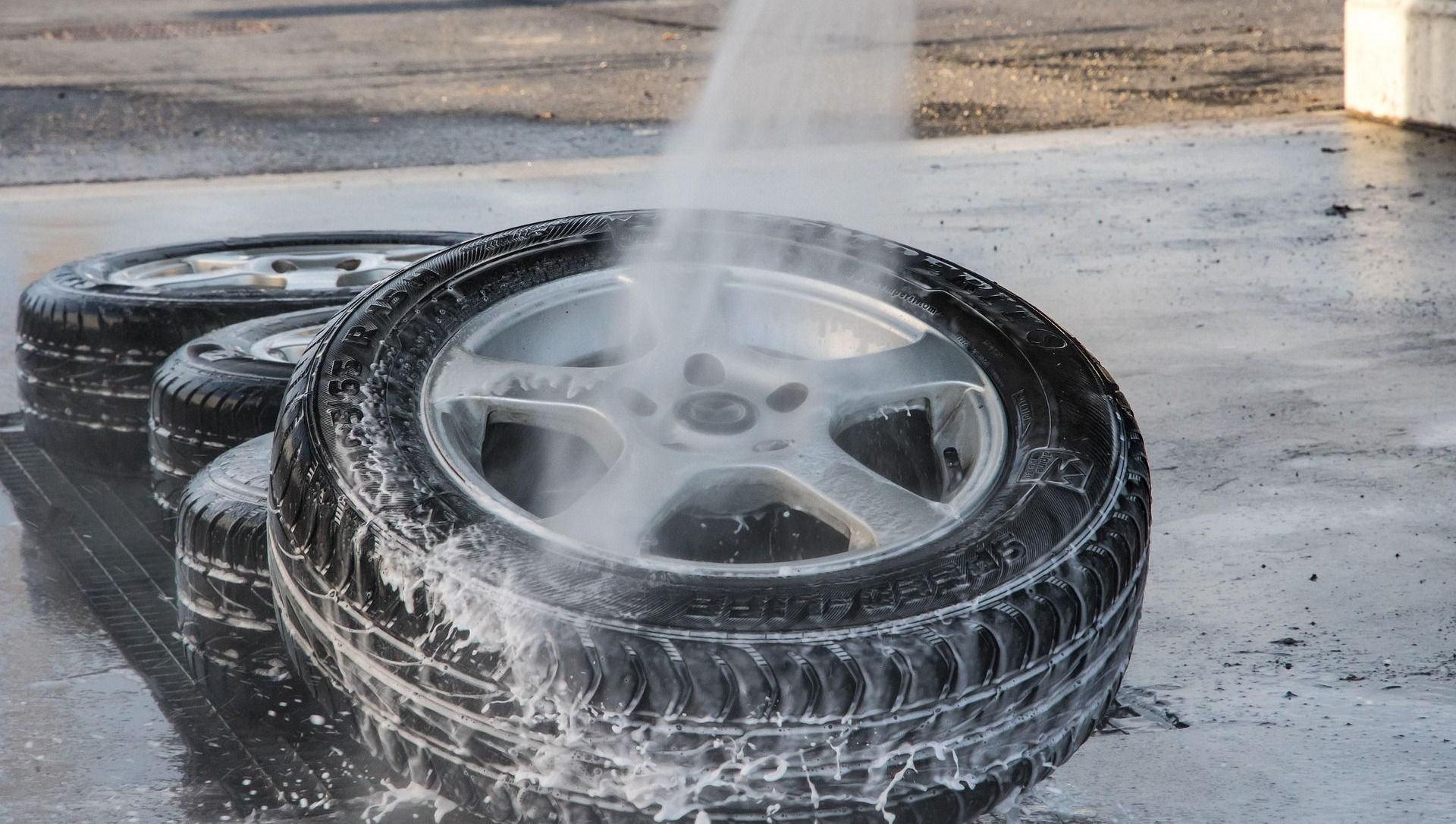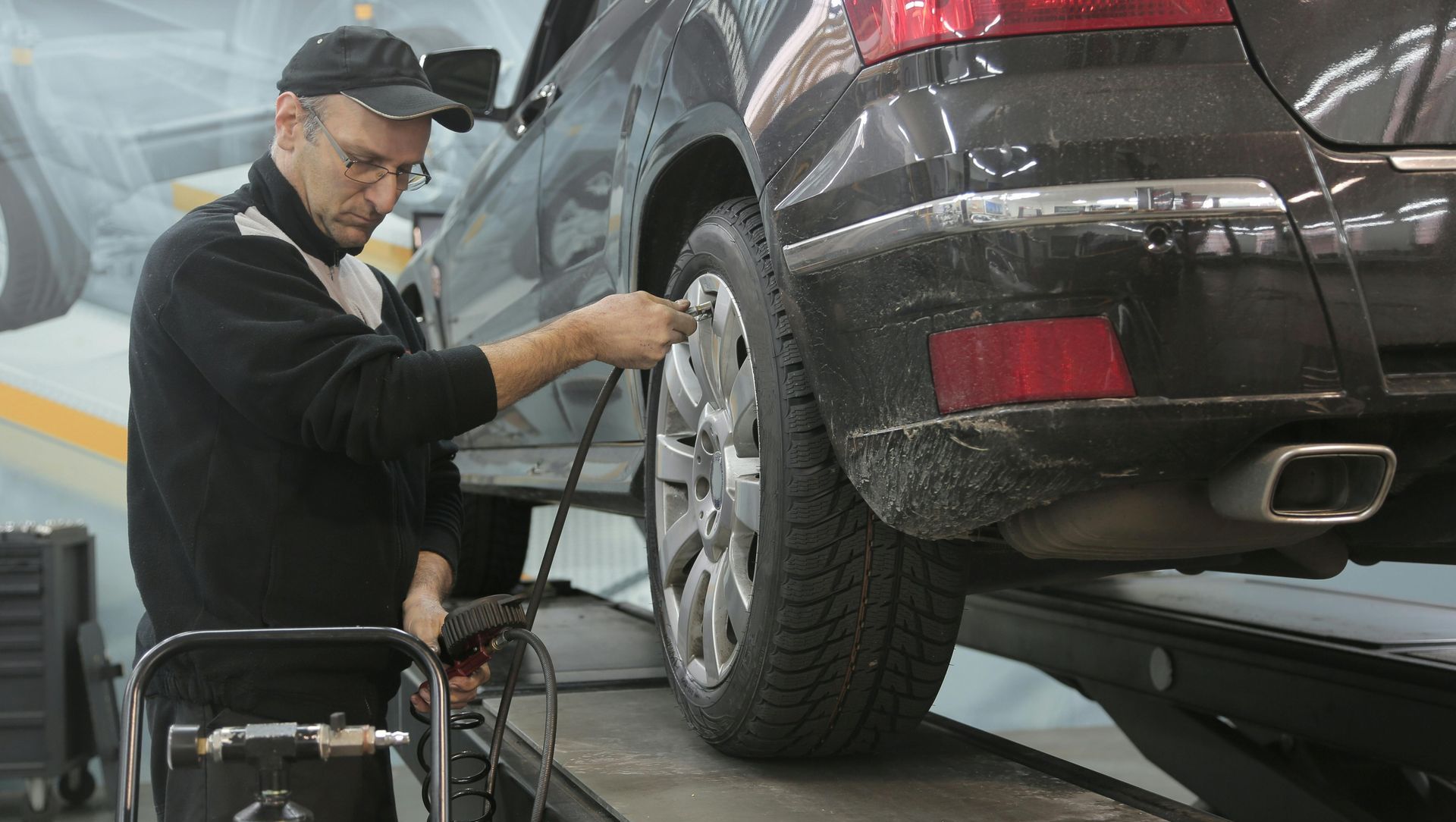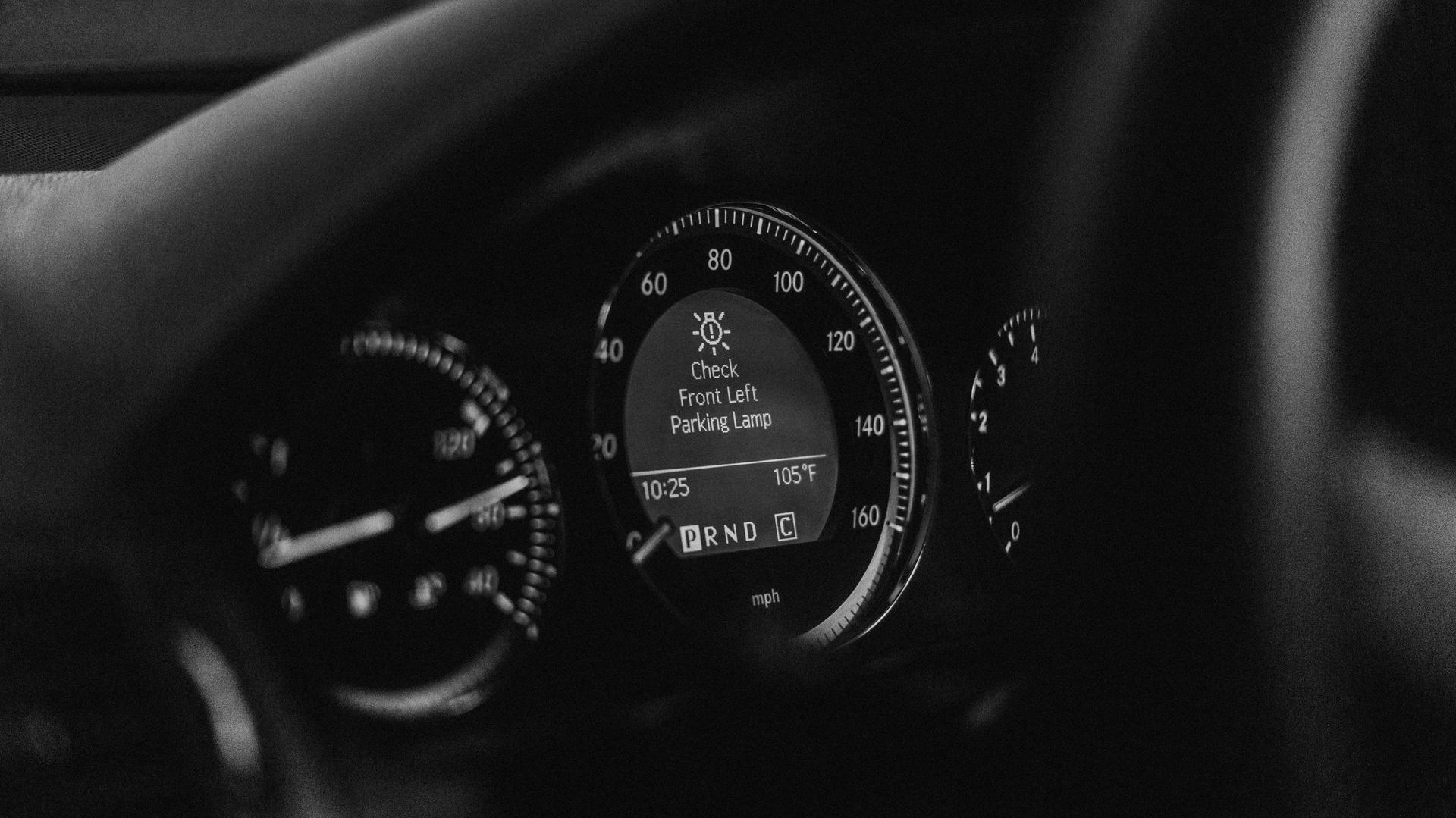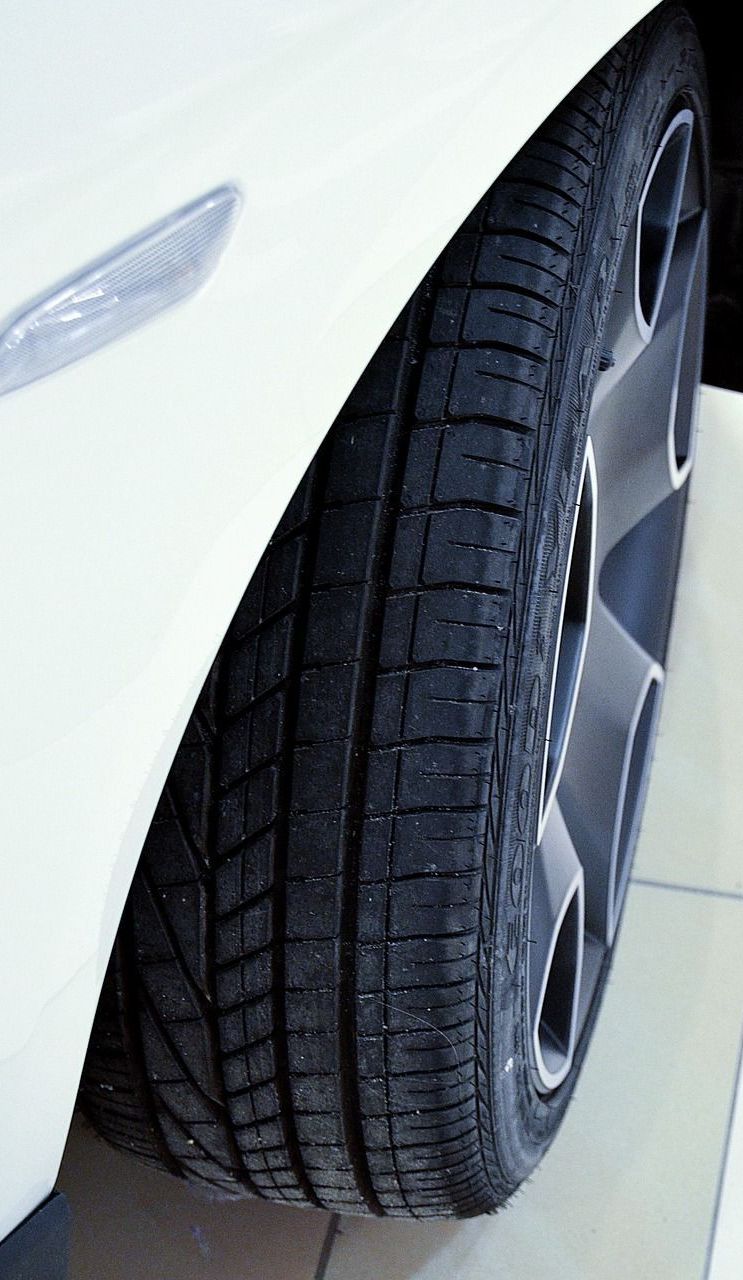Why Your Tire Pressure Light Is On—And What to Do About It
Smarter Cars, Safer Roads
Modern vehicles are smarter and safer than ever before, thanks in part to features like the Tire Pressure Monitoring System (TPMS). But while it’s designed to help protect your tires and keep you safer on the road, many drivers don’t fully understand how it works—or what to do when that warning light turns on.
At Raymond’s Tire Shop, we see this all the time. Customers come in unsure if their tires are fine, underinflated, or on the verge of failure. So let’s break it down: what your TPMS light means, why it matters, and how our Boston shop can help you take care of the issue quickly and correctly.

What Is TPMS?
TPMS stands for Tire Pressure Monitoring System. It’s an electronic system built into most vehicles manufactured after 2007 that alerts you when one or more of your tires are significantly underinflated.
There are two types of TPMS systems:
- Direct TPMS uses sensors inside the tire to measure air pressure.
- Indirect TPMS relies on wheel speed sensors (often part of the ABS system) to detect changes in tire rotation that suggest low pressure.
Both systems have the same goal: keep you informed about tire pressure problems before they turn into safety hazards or expensive repairs.

What It Means When the TPMS Light Comes On
When your TPMS light illuminates on your dashboard, it usually means that one or more of your tires is below the recommended air pressure. Sometimes it flickers briefly and goes off again—other times it stays solid or flashes for an extended period. Here’s what each scenario might mean:
- Solid TPMS Light: One or more tires are underinflated. This is the most common issue and should be addressed as soon as possible.
- Flashing TPMS Light: This often indicates a malfunction in the TPMS system itself. It could be a dead sensor battery, faulty wiring, or an internal communication error.
In colder climates like Boston, TPMS lights often activate during the fall and winter months because colder air causes tire pressure to drop. This is perfectly normal—but still important to address.
Why It Matters
Ignoring your TPMS light is risky. Low tire pressure can:
- Reduce fuel efficiency
Underinflated tires create more rolling resistance, which forces your engine to work harder and use more fuel. - Shorten tire lifespan
Improper inflation leads to uneven wear, particularly on the edges of your tread, reducing how long your tires last. - Increase stopping distance
Low pressure can reduce traction, especially in wet or icy conditions—something Boston drivers know all too well. - Lead to tire failure
Severely underinflated tires are more likely to overheat or blow out at highway speeds.
In short, that little dashboard light isn’t something to ignore.

How Raymond’s Tire Shop Can Help
If your TPMS light comes on, Raymond’s Tire Shop is ready to help you get back on the road with confidence. Here’s what we offer:
1. Tire Pressure Check
We’ll start by checking all four tires and your spare (if applicable) to see if one is underinflated or leaking. If it’s just a matter of topping off the air, you’ll be out the door in no time.
2. TPMS Diagnostics
If the light is flashing or won’t go off even after reinflating, we’ll run a diagnostic scan. This allows us to check for sensor issues or communication problems within the TPMS system.
3. TPMS Sensor Replacement
TPMS sensors don’t last forever—typically around 5–10 years depending on usage and battery life. If a sensor has failed, we can replace and reprogram it to your vehicle’s system.

4. Full Tire Inspection
Sometimes a persistent TPMS light points to a slow leak, worn valve stem, or internal damage. We’ll inspect the tires thoroughly to identify the root cause.
Don’t Guess—Get It Checked
Your TPMS light is your car’s way of saying something’s not right. Don’t ignore it—and definitely don’t rely on visual checks alone. Many tires can appear fine while being several PSI too low.
If you’re in the Boston area and that little light won’t leave you alone, bring your vehicle to Raymond’s Tire Shop. We’ll diagnose the issue, fix the problem, and help you drive away safely with peace of mind.
No guesswork. No unnecessary upsells. Just honest, expert tire service from a shop that’s been serving Boston drivers for years.











